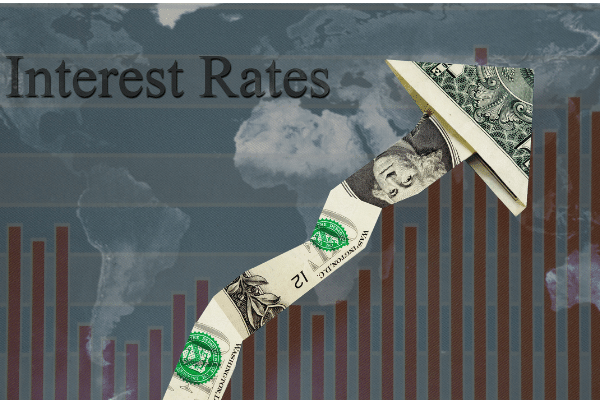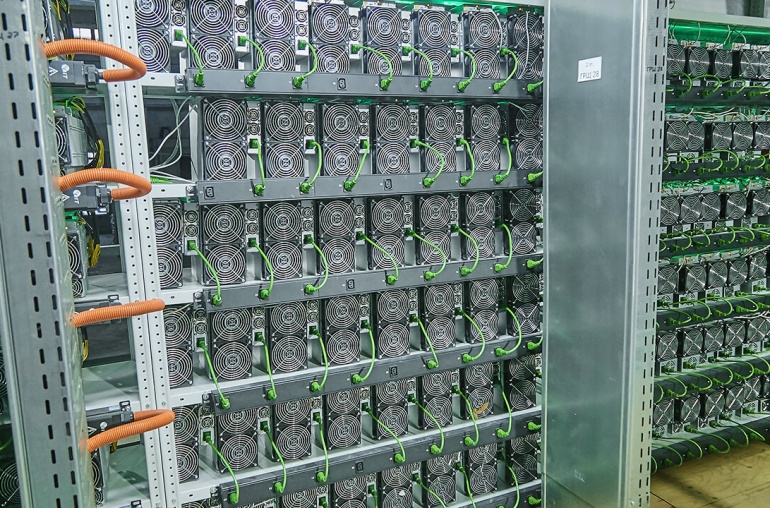
- As widely expected, the Fed raised interest rates by 0.50% on Wednesday for the first time since 2000.
- Significantly, Powell pushed back against more hawkish members of the central bank’s Federal Open Market Committee which sets interest rates, some of whom were asking for a hike of as high as 0.75%.
The equivalent of financial alchemy, the U.S. Federal Reserve is attempting to forge a path that combats inflation without necessarily tipping the U.S. economy into recession, but is the central bank’s porridge too hot, too cold, or just right?
Policymakers have had a poor track record when it’s come to attempting a “Goldilocks” approach to monetary policy, yet the current Fed is coming close to pulling it off as the central bank deploys its most powerful tightening measures in decades.
As widely expected, the Fed raised interest rates by 0.50% on Wednesday for the first time since 2000, in the aftermath of the dotcom bubble and U.S. Federal Reserve Chairman Jerome Powell has said similar moves have been tabled for June and July.
Equities and other risk assets rallying strongly in response and Bitcoin briefly touching US$40,000 before retracing to around US$39,600.
Significantly, Powell pushed back against more hawkish members of the central bank’s Federal Open Market Committee which sets interest rates, some of whom were asking for a hike of as high as 0.75%.
Facing the hottest inflation since the early 1980s, Powell and his colleagues are attempting a soft landing through a combination of higher borrowing costs and a shrinking balance sheet but concede that it might not be possible without hurting growth.
In the 1980s, then-Chairman Paul Volcker raised interest rates to as high as 20%, bringing down inflation, but the economy as well.
The Fed is wagering that inflation is driven primarily by supply-side issues, as Russia’s invasion of Ukraine and China’s zero-Covid lockdowns are continuing to roil global supply chains and its policy approach seems to reflect that view.
To be sure, increasing borrowing costs won’t make a Ukrainian field grow more wheat or facilitate more Russian oil entering the global market and to a large extent, policymakers recognize the limitation of monetary policy in the face of supply-side shocks.
Which is why investors ought to keep a closer eye on the U.S. labor market to plot the Fed’s path.
Powell himself acknowledged at a press conference following yesterday’s policy meeting when he emphasized that the central bank doesn’t have the tools to fight supply-side demand and was instead trying to use its tools to rebalance a labor market that had grown too hot.
Labor participation has been falling and that can put pressure on businesses to up wages to attract more workers especially as real wages, which cater for inflation, have decreased for 12 straight months.
In the interim, risk assets will get a brief reprieve if the Fed sticks to its additional two 50-basis-point rate hikes in June and July, as that will be within market expectations.



